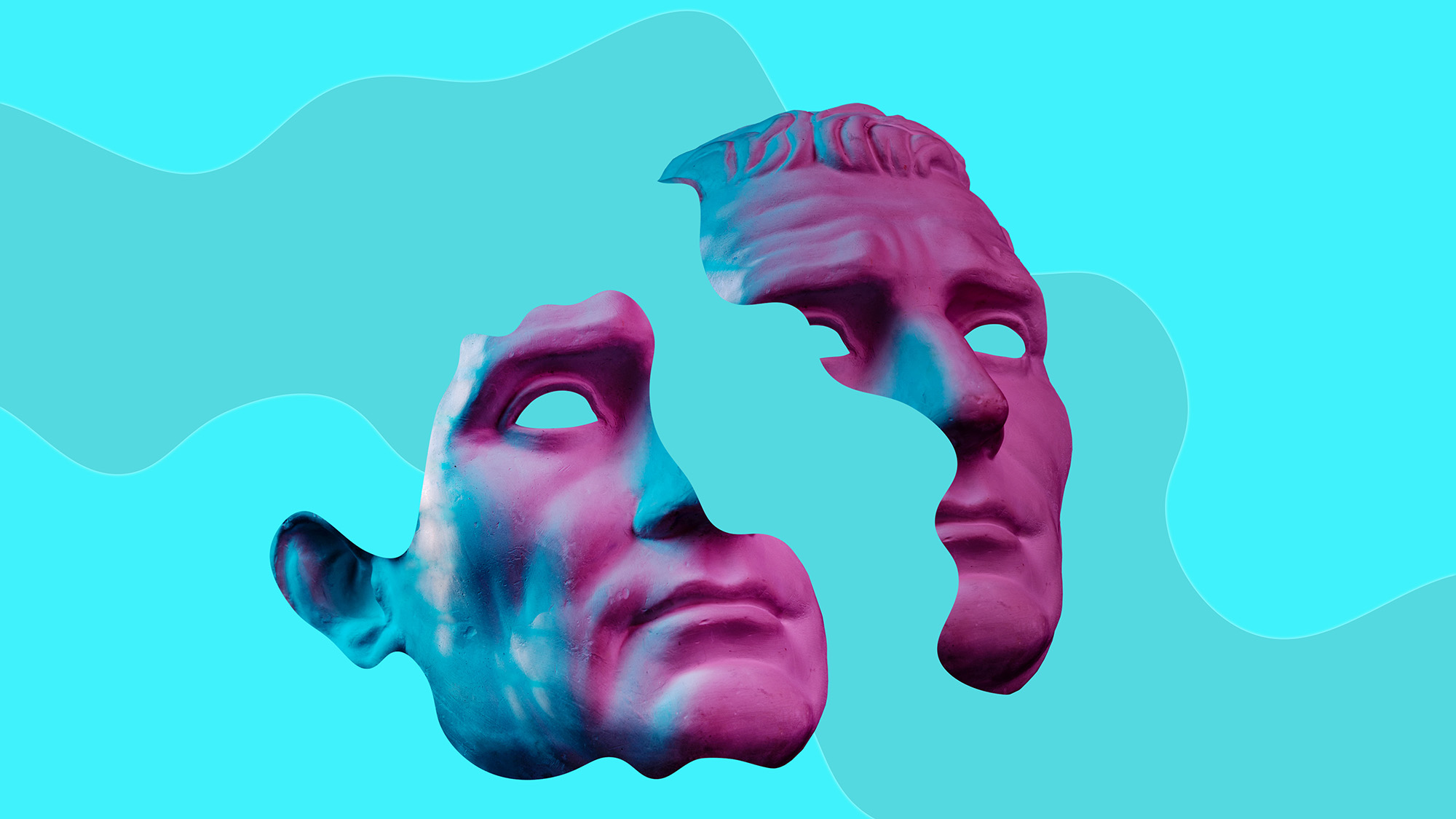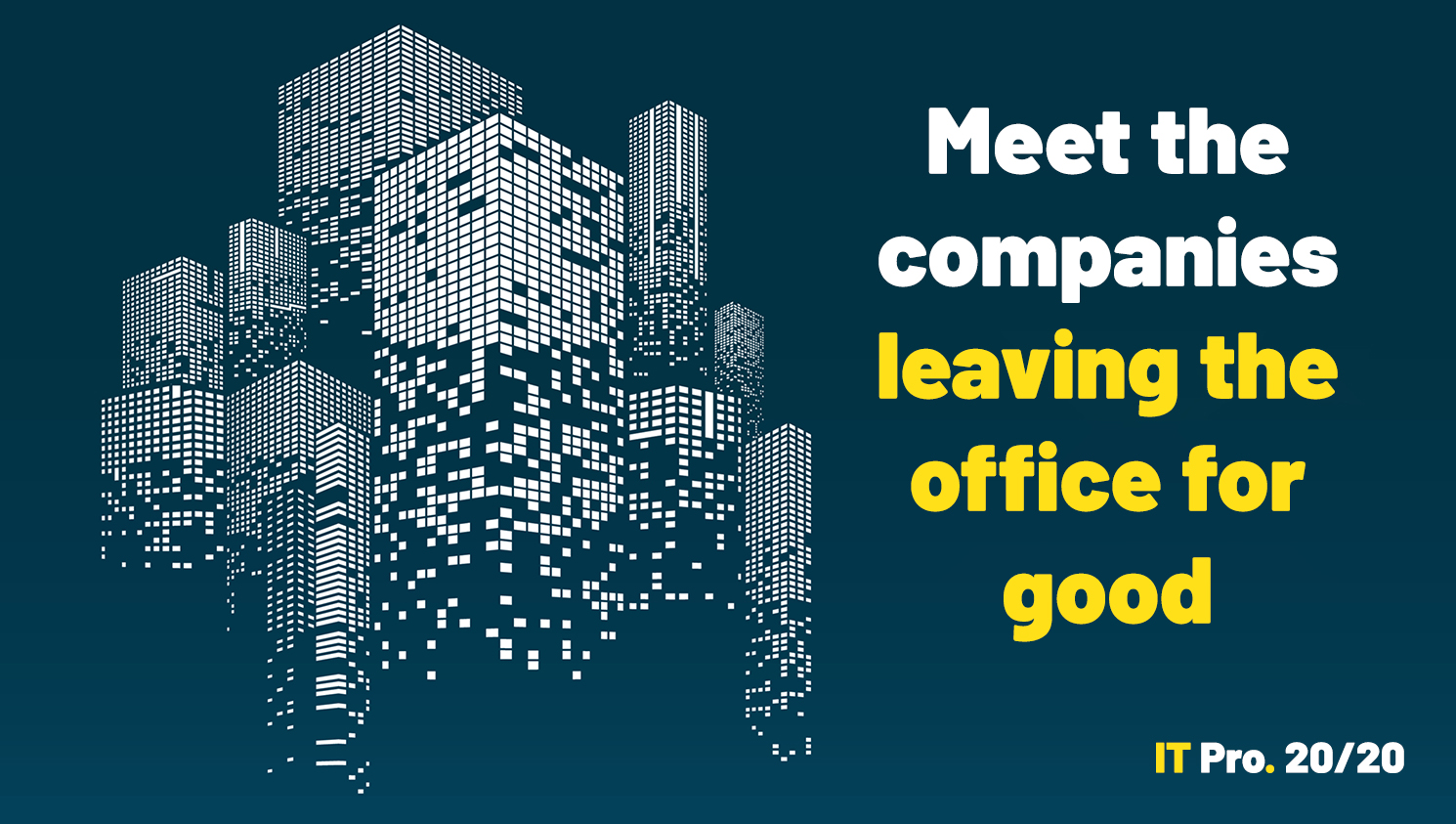What are NFTs, and should your business care?
We decipher the crypto craze of the moment


If you’ve been on social media recently, you’ve no doubt heard of NFTs – and you’ve no doubt been flummoxed as to what on earth an NFT actually is.
The mind-boggling buzzword first made headlines after a digital-only artwork sold at Christie's auction house for an eye-watering $69 million (£50 million), which saw the winning bidder receive a unique digital token known as an NFT, rather than a painting or print.
Shortly after, the band Kings of Leon jumped on the NFT hype bandwagon and announced plans to release its next album as an NFT, and fashion house Gucci started selling virtual trainers at $12 a pop. And it appears even tweets hold value as NFTs, with Twitter co-founder Jack Dorsey selling off the first-ever tweet for a ridiculous $2,915,835.47 (£2,085,060.05).
Still confused? We were too, so we’ve done the hard work of figuring out what NFTs are – and whether you should care – so you don’t have to.
What are NFTs and where did they come from?
An NFT, which stands for “non-fungible token”, is a digital token that's a type of cryptocurrency like Bitcoin or Ethereum. However, unlike a standard coin in the Bitcoin blockchain, an NFT is unique and can't be exchanged like-for-like, hence the term “non-fungible”.
That means an NFT is a one-of-a-kind asset in the digital world and though it holds no tangible form, it can be bought and sold like any other piece of property; artwork, music, and videos, for example. While Bitcoin was hailed as the digital answer to currency, NFTs are now being touted as the digital answer to collectables.
One of the main benefits of owning a digital versus a physical collectible, like an oil painting or a rare minted coin, is that each NFT contains distinguishing information that makes it both distinct from any other NFT and easily verifiable. This makes the creation and circulation of fake collectables pointless because each item can be traced back to the original issuer.
Get the ITPro daily newsletter
Sign up today and you will receive a free copy of our Future Focus 2025 report - the leading guidance on AI, cybersecurity and other IT challenges as per 700+ senior executives
While NFTs have made headlines over the past few months, they’ve actually been around for some time. The first attempts at NFTs were made in 2012, with some crediting “Colored Coins”, a method used to represent and manage real-world assets with the Bitcoin blockchain, as laying much of the groundwork for NFTs. However, NFTs were first popularised by CryptoKitties, a blockchain game on Ethereum that let players purchase, collect, breed and sell virtual cats.
How do NFTs work?
NFTs are part of the Ethereum blockchain. Ethereum’s non-fungible token standard, as used by platforms such as CryptoKitties, is ERC-721, although it’s worth noting that NFTs can also be created on other smart-contract-enabled blockchains with non-fungible token tools. NEO and TRON, for example, now have NFT standards, and Cryptokitties has since migrated to its own blockchain.
The blockchain acts as the decentralised ledger that tracks the ownership and transaction history of each unique NFT. The main difference between NFTs and other traditional cryptocurrencies like Bitcoin is interchangeability – or, rather, the lack thereof; while one Bitcoin in a digital wallet is interchangeable with another in a different walled, NFTs are coded to have unique identification codes and other metadata that no other token can replicate.
Andy Baloiu, Blockchain Technologist at Digital Catapult, explains: “NFTs are a bit like a digital version of those art pieces or card games. Imagine a designer like Ken Sugimori, the father of Pokémon, or Banksy, the anonymous graffiti artist, issuing an NFT on the blockchain that includes the digital image of said piece. And imagine that after issuing the NFT, anyone in the world could bid and eventually buy that NFT, which means getting the exclusive digital rights (or perceived rights) for that piece.”
Theoretically, anyone can create, buy and sell an NFT without asking for any prior permission. These assets are stored in an encrypted peer-to-peer network, which makes it very difficult for cybercriminals to hack or tamper with.
NFTs could have applications beyond being used to transact in content, including supply chain management of physical goods and secured finance transactions.
Should my business care about NFTs?
Many people – including the artist who sold his digital artwork for $69 million – believe the NFT craze is a bubble that’s eventually going to burst, suggesting it has simply managed to capture our imaginations because it fuses so many potent social and financial trends. It has a cryptocurrency angle, a virtual-reality angle, a meme angle, and it’s taken the world of social media by storm.
Others, however, believe that NFTs aren’t going away any time soon and that businesses should be paying attention to the mind-boggling, frenzy-creating trend.
Gary Bracey, Co-Founder of Terra Virtua, the world's first fully immersive digital collectables platform, tells IT Pro: "At minimum right now it’s an important technological development driving big changes in the entertainment, creative, music and gaming industries. If you’re connected to those worlds you’ll likely already have an awareness of NFTs, and a sense of where they're headed. If not – and that’s plenty of businesses and consumers of course – it’s really worth keeping informed.
RELATED RESOURCE

IT Pro 20/20: Meet the companies leaving the office for good
The 15th issue of IT Pro 20/20 looks at the nature of operating a business in 2021
“Granted, there’s definitely a bit of a valuation bubble going on at the moment, when it comes to the most high-profile items, but the future is affordable, sustainable and inclusive. NFTs offer forward-thinking businesses the chance to align unrivalled customer engagement with safe, secure and transparent revenue streams.
“There’s also enormous scope for retail, marketing, collaboration, sponsorship and investment opportunities. Connecting NFTs with AR and VR means consumers can get closer than ever to their most cherished brands, enjoying truly immersive experiences. All that’s needed is a basic understanding of the potential and the inspiration to apply it to your own operations."
Thomas Borrel, chief product officer at Polymath, agrees that businesses should be paying attention to NFTs, and believes they could have many use cases beyond digital art, including IoT deployment and decentralised finance.
“NFTs could be used to track the transfer of ownership and/or right to benefit from other assets like data. Additionally, NFTs can be used to track ‘things’ in an IoT deployment, identify replicas or provide an auditable trail of ownership for luxury goods.
“As the popularity of NFTs surge, we should expect them to become collateral in decentralised finance (DeFi) and have their associated revenue streams shared across the token holders. Whether NFTs are securities will be a matter of facts and circumstances for each individual asset.”
Carly Page is a freelance technology journalist, editor and copywriter specialising in cyber security, B2B, and consumer technology. She has more than a decade of experience in the industry and has written for a range of publications including Forbes, IT Pro, the Metro, TechRadar, TechCrunch, TES, and WIRED, as well as offering copywriting and consultancy services.
Prior to entering the weird and wonderful world of freelance journalism, Carly served as editor of tech tabloid The INQUIRER from 2012 and 2019. She is also a graduate of the University of Lincoln, where she earned a degree in journalism.
You can check out Carly's ramblings (and her dog) on Twitter, or email her at hello@carlypagewrites.co.uk.
-
 Bigger salaries, more burnout: Is the CISO role in crisis?
Bigger salaries, more burnout: Is the CISO role in crisis?In-depth CISOs are more stressed than ever before – but why is this and what can be done?
By Kate O'Flaherty Published
-
 Cheap cyber crime kits can be bought on the dark web for less than $25
Cheap cyber crime kits can be bought on the dark web for less than $25News Research from NordVPN shows phishing kits are now widely available on the dark web and via messaging apps like Telegram, and are often selling for less than $25.
By Emma Woollacott Published